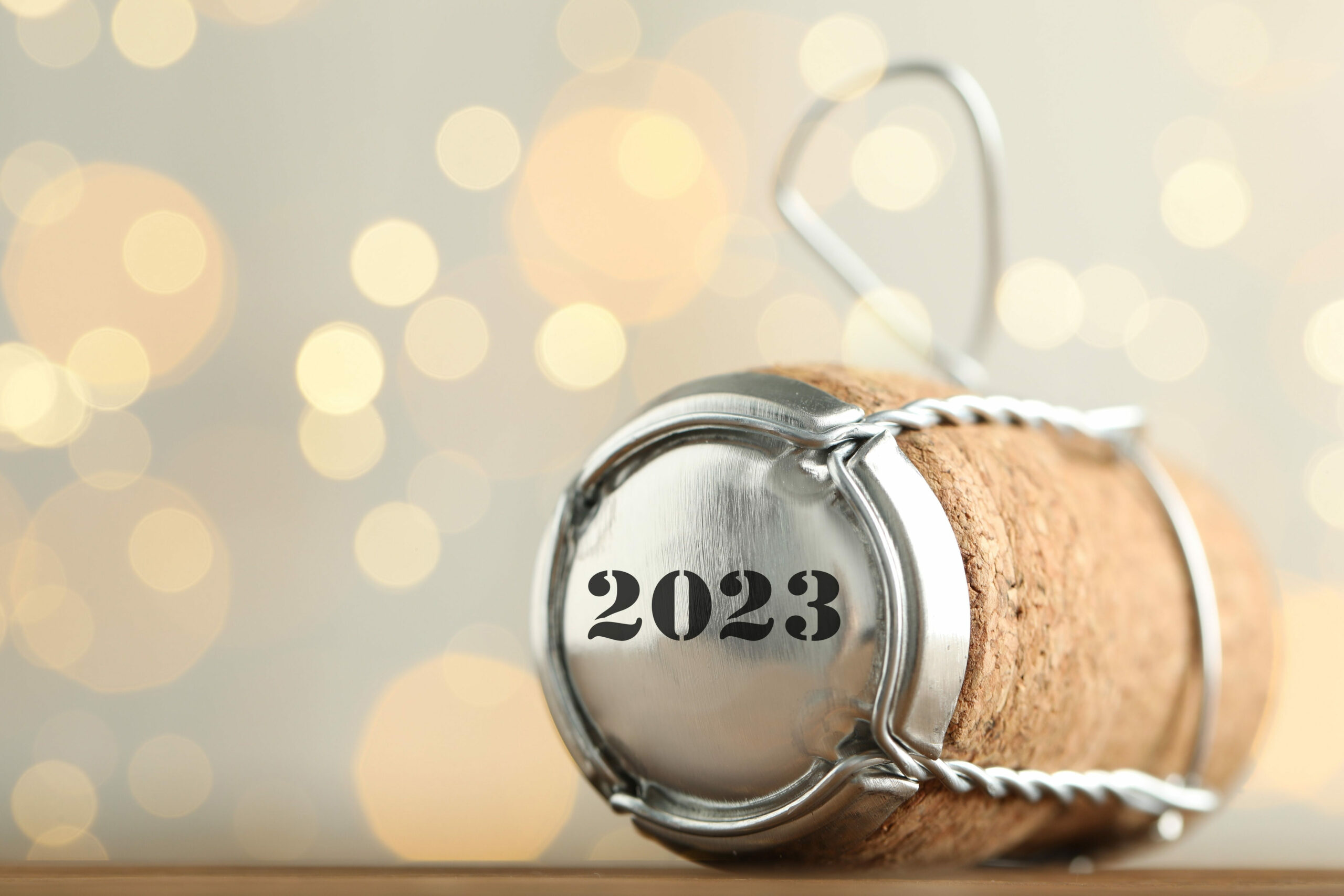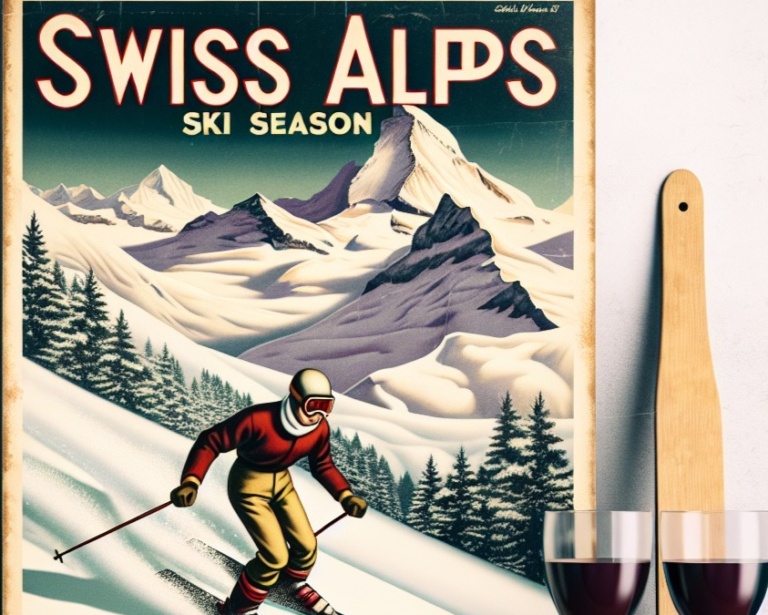23 Top Wines of 2023

2023 was a glittering year for German-speaking wines. Discover the standouts that will haunt TRINK’s editors for years to come.

2023 was a glittering year for German-speaking wines. Discover the standouts that will haunt TRINK’s editors for years to come.
Trink is the first and only English-language digital publication dedicated to "German-speaking wine"

In most wine regions, it’s common to think of harvest as the season’s grand finale, giving way to a quieter period spent in the winery and cellar. For Switzerland’s premier winemaking cantons of Wallis and Graubünden, however, the wine is barely in barrels before these regions face an even busier time: ski season. In Switzerland, skiing and tourism are intertwined, notwithstanding a strong domestic affinity for the sport. The practice in its modern form was imported from Norway in the 1890s. It was initially embraced by members of the British upper class taking winter holidays in resort areas such as…...
Enjoy unlimited access to TRINK! | Subscribe Today